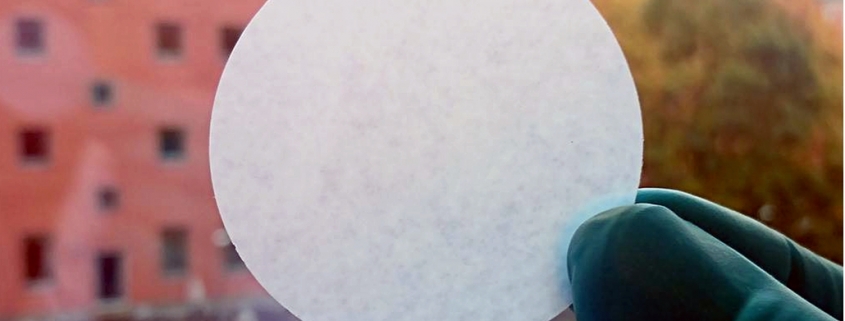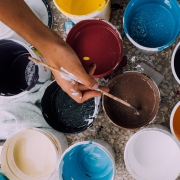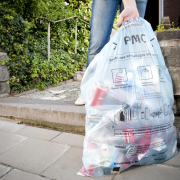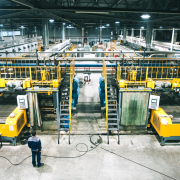Paper Filter from Algae for Water Treatment
The problem of access to safe drinking water in most parts of Bangladesh is a persistent challenge. However, scientists from Uppsala University, Sweden, and Dhaka University, Bangladesh, have found a solution. The team of scientists has shown that a locally growing and previously unexploited green macroalgae species – Pithophora algae (or “Shewla”) – could be used to extract cellulose nanofibers, which can then be formed into paper sheets with a tailored pore size that are utilized for point-of-use water treatment. As reported, the paper filter “has demonstrated excellent virus and bacteria removal capacity both in the lab and in real-life tests”. The researchers believe that with further development, the filter could be an affordable and efficient remedy to prevent numerous potentially deadly water-borne infections.
Bangladesh is a country with a population of over 168 million people, which is larger than that of Russia (144.5 million). By 2050, the projected growth rates suggest that the population of Bangladesh may reach the mark of 200-225 million people. In parts of the biggest cities in Bangladesh, such as Dhaka or Chittagong, the density of population is as high as 205,000 inhabitants/square kilometer, which is almost 58 times more than that in Stockholm and nearly 20 times more than that in New York City. In 2018, about 15 million people lived below the extreme poverty line of 1.90 US-Dollar per day. “Hyper-high density of population, poor hygiene, and lack of clean water increase the risk of spreading water-borne infections,” the information says. “The cities of Dhaka and Chittagong are the only cities with extensive piped water and sewage system, but even there the water is available at most a few hours per day and may still be contaminated with infectious pathogens due to leakage in pipelines. With Dhaka population growing over 300,000 persons/year, access to clean water is critical for sustainable life.” To prevent the spread of water-borne infections, affordable point-of-use water treatment strategies that can be effective against all kinds of water-borne pathogens were needed. Boiling, sunlight pasteurization or chemical disinfection are some of the methods that are currently used for point-of-use water treatment. “An excellent way of treating water to physically remove all kinds of pathogens is filtration. Thus, new types of affordable point-of-use filters that can remove all kinds of pathogenic bacteria, spores, and viruses are highly in demand.”
The project is funded by the Swedish Research Council and the Knut and Alice Wallenberg Foundation.
(GR12020, Page 13, Photo: Albert Mihranyan/AlphaGalileo)








